Yes, it will light the LED up but for a very short time.
The amount of energy stored by a capacitor is:
\$E=\frac{1}{2} C V^2\$
E is the energy stored, C is the capacitance of the capacitor, and V is the voltage across the capacitor.
For a 1uF capacitor charged to 9V, that is 40.5 uJ.
In addition to this, typical LED's have a forward current drop of ~2-3V, and capacitors typically have lower internal resistances compared to batteries. This means that you're going to get a very high current for a very short time, which could damage your LED.
Suppose you did limit the output current to 10mA (typical for small LED's), and the LED has a forward voltage drop of ~2V.
That means the LED would stay "lit" for (assuming we could extract every last bit of energy at the same rate from the capacitor):
\$
\frac{40.5uJ}{2V \cdot 10 mA} = 2.025 ms
\$
Which is a very short time indeed.

